Maintaining a comfortable and healthy indoor environment often requires managing humidity levels effectively. One popular solution that has gained traction in recent years is the mini dehumidifier. But do mini dehumidifiers really work? In this article, we will explore the functionality, benefits, and potential limitations of mini dehumidifiers to help you determine if this compact device is the right choice for your home or office.
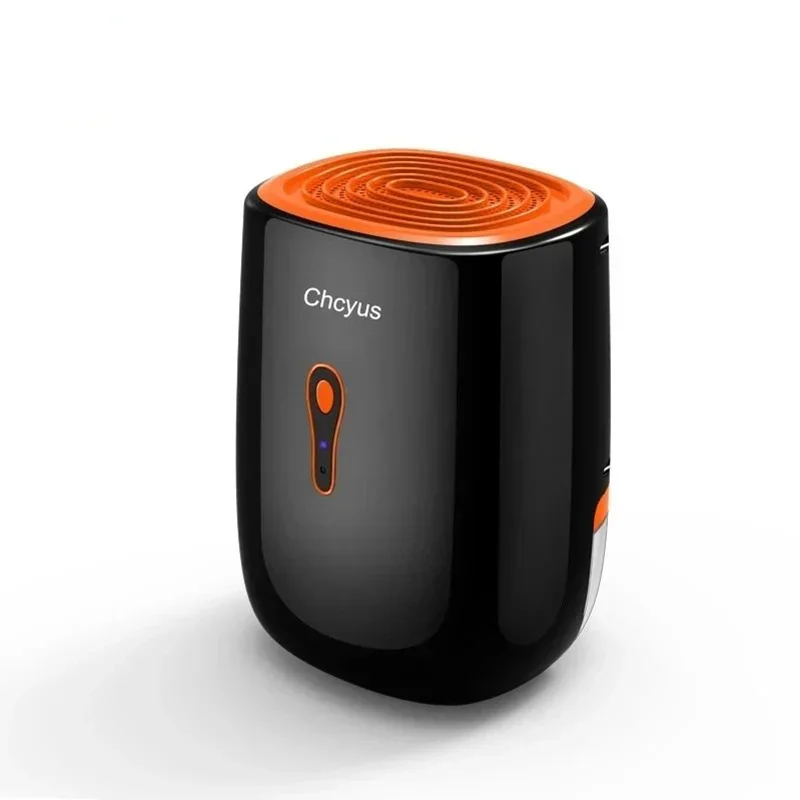 Understanding Mini Small Dehumidifiers
Understanding Mini Small Dehumidifiers
What is a Mini Dehumidifier?
A mini dehumidifier is a small-sized device designed to reduce and maintain the level of humidity in the air. Unlike traditional dehumidifiers, which are bulky and consume more energy, mini dehumidifiers are compact, portable, and energy-efficient. They are ideal for small spaces such as bedrooms, bathrooms, closets, and offices where excess moisture can lead to discomfort and damage.
How Do Mini Dehumidifiers Work?
Mini dehumidifiers operate on the same basic principle as larger models: they draw in moist air, condense the water vapor, and release dry air back into the environment. Typically, these devices use a desiccant material, such as silica gel or calcium chloride, to absorb moisture from the air. Once saturated, the desiccant needs to be replaced or regenerated, depending on the model. Some mini dehumidifiers also feature a built-in fan to enhance air circulation, making them more effective in reducing humidity levels quickly.
Types of Mini Dehumidifiers
There are primarily two types of mini dehumidifiers available on the market:
- Desiccant Dehumidifiers: These use chemicals to absorb moisture from the air. They are particularly effective in cooler environments and are often preferred for spaces like closets and small bathrooms.
- Refrigerant Dehumidifiers: These work by cooling the air to condense moisture. They are generally more effective in warmer and humid conditions and can be a good choice for slightly larger spaces.
Benefits of Using a Mini Small Dehumidifier
Enhanced Comfort
Excessive humidity can make indoor environments feel sticky and uncomfortable. By reducing moisture levels, mini dehumidifiers help create a more pleasant and breathable atmosphere. This can be especially beneficial during humid summer months or in regions with naturally high humidity.
Prevention of Mold and Mildew
High humidity levels provide an ideal breeding ground for mold and mildew, which can cause structural damage to your home and pose health risks. Mini dehumidifiers effectively lower humidity, thereby inhibiting the growth of these harmful organisms and protecting both your property and your health.
Protection of Belongings
Moisture can damage various items in your home, including electronics, furniture, clothing, and important documents. By maintaining optimal humidity levels, mini dehumidifiers help preserve your possessions, preventing issues like rusting, warping, and discoloration.
Energy Efficiency and Cost-Effectiveness
Compared to larger dehumidifiers, mini dehumidifiers consume less energy, making them an economical choice for homeowners. Their smaller size also means they require less electricity to operate, which can lead to lower utility bills over time.
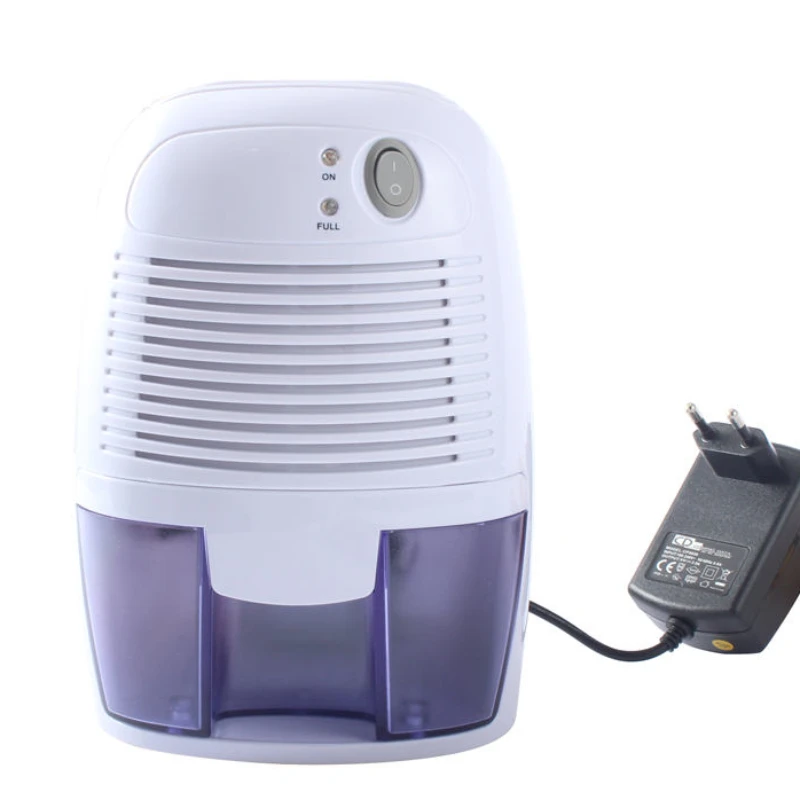 Key Features to Consider
Key Features to Consider
Portability and Size
One of the main advantages of mini dehumidifiers is their portability. When shopping for a mini dehumidifier, consider the size and weight of the unit to ensure it can be easily moved to different locations as needed. Lightweight models with built-in handles are especially convenient for frequent relocation.
Water Tank Capacity
Mini dehumidifiers typically come with smaller water tanks compared to their larger counterparts. Assess the size of the space you intend to use the dehumidifier in and choose a model with an appropriate tank capacity. Some units offer continuous drainage options, allowing you to connect a hose for continuous moisture removal without the need to empty the tank frequently.
Noise Levels
Since mini dehumidifiers are often used in bedrooms and other quiet spaces, noise levels can be an important consideration. Look for models that operate quietly to ensure they do not disrupt your daily activities or sleep.
Comparing Mini Small Dehumidifiers to Traditional Models
Size and Portability
Traditional dehumidifiers are bulkier and designed for larger spaces, making them less convenient for small areas. In contrast, mini dehumidifiers are compact and easy to transport, allowing you to use them in multiple rooms or take them on trips.
Energy Consumption
Mini dehumidifiers generally consume less power than traditional models, making them a more energy-efficient option. This can lead to significant savings on electricity bills, especially if you run the device frequently.
Cost
While traditional dehumidifiers often come with a higher price tag due to their larger size and increased capacity, mini dehumidifiers are typically more affordable. This makes them an attractive option for budget-conscious consumers who still want effective moisture control.
Effectiveness
Traditional dehumidifiers are better suited for larger spaces and can handle higher humidity levels more efficiently. However, for small to medium-sized rooms, mini dehumidifiers can be just as effective, provided they are properly sized for the area and used correctly.
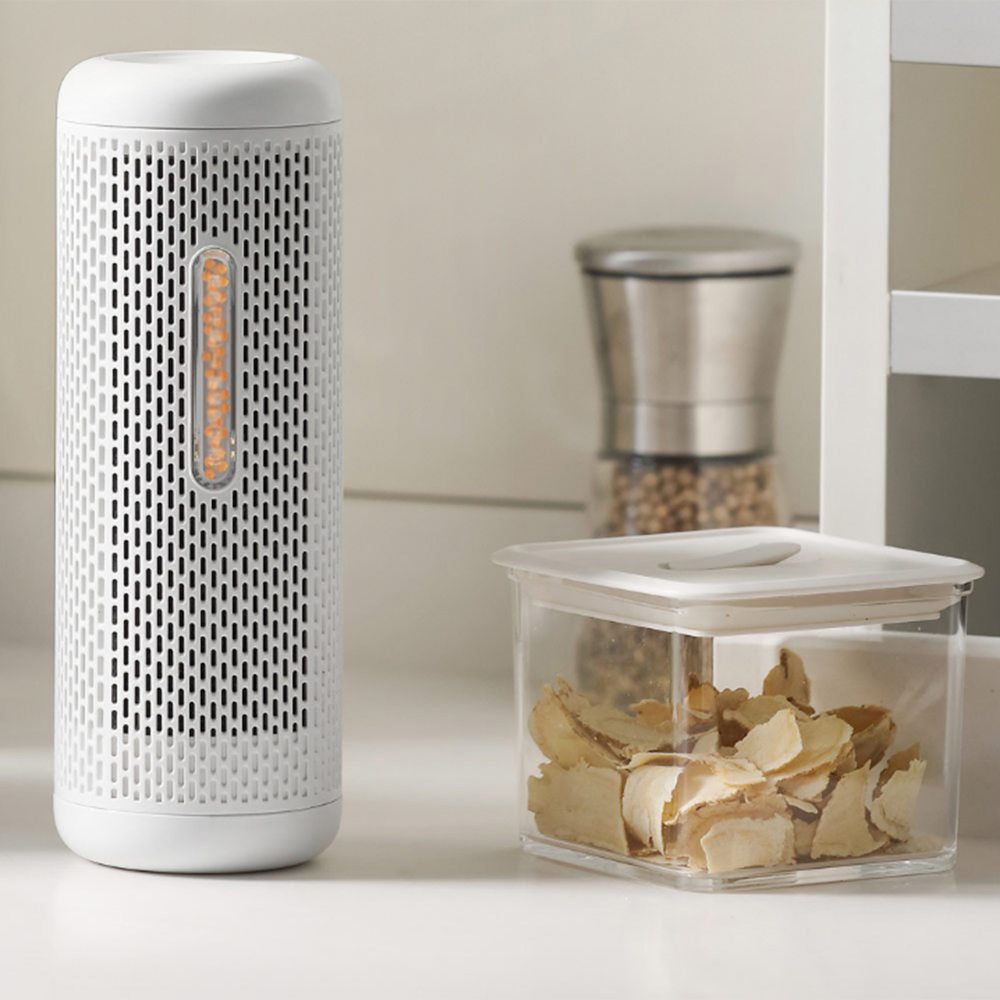 Practical Applications of Mini Small Dehumidifiers
Practical Applications of Mini Small Dehumidifiers
Bedrooms and Living Rooms
In bedrooms and living rooms, maintaining optimal humidity levels is essential for comfort and health. Mini dehumidifiers can help prevent the buildup of moisture, reduce musty odors, and create a more pleasant living environment.
Bathrooms and Kitchens
Bathrooms and kitchens are prone to high humidity due to activities like showering and cooking. A mini dehumidifier can effectively manage the excess moisture in these areas, preventing mold growth and protecting surfaces from water damage.
Closets and Storage Areas
Closets and storage spaces are often enclosed, making them susceptible to dampness and mildew. Placing a mini dehumidifier in these areas helps keep your belongings dry and in good condition.
Offices and Study Areas
High humidity in home offices and study areas can lead to discomfort and potential damage to electronic equipment. A mini dehumidifier ensures a dry and comfortable workspace, enhancing productivity and safeguarding your devices.
Choosing the Right Mini Small Dehumidifier for Your Needs
Assessing Room Size
Before purchasing a mini dehumidifier, measure the size of the room you intend to use it in. Ensure that the model you choose is capable of handling the square footage of the space. Manufacturers often provide guidelines on the recommended room size for each dehumidifier model.
Evaluating Moisture Levels
Consider the typical humidity levels in your area and the specific moisture issues you face. If you live in a particularly humid region or have persistent dampness problems, you may need a more powerful mini dehumidifier with higher moisture removal capacity.
Considering Additional Features
Look for mini dehumidifiers with features that align with your preferences and requirements. Features like timer settings, automatic shut-off, and humidity level indicators can enhance the functionality and convenience of the device.
Reading Reviews and Ratings
Before making a purchase, read customer reviews and ratings to gain insights into the performance and reliability of different mini dehumidifier models. This can help you make an informed decision based on real user experiences.
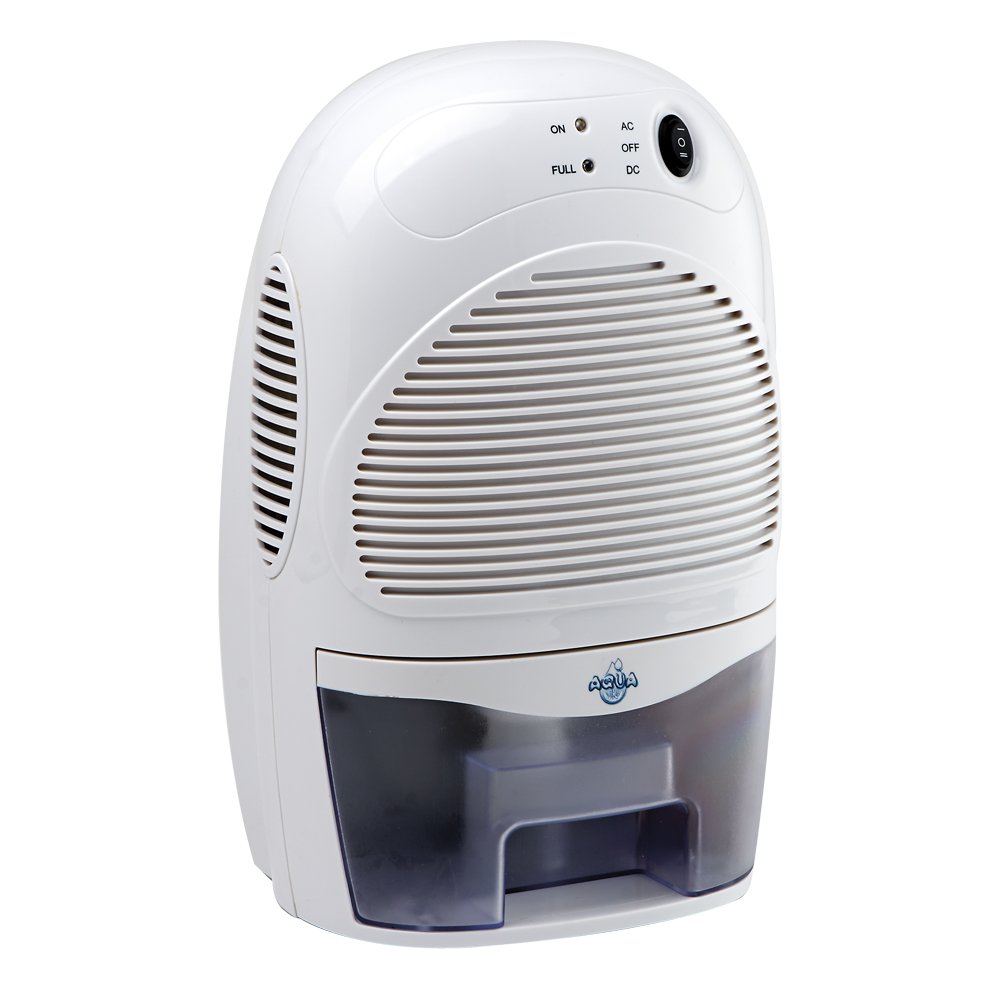 Maintenance and Care
Maintenance and Care
Regular Cleaning
To ensure optimal performance, regularly clean your mini dehumidifier. Empty the water tank and clean it with mild soap and water to prevent mold buildup. Additionally, wipe down the exterior and any accessible components to remove dust and debris.
Replacing Desiccant Materials
If your mini dehumidifier uses desiccant materials, check them regularly and replace or regenerate them as needed. This maintains the device’s moisture-absorbing efficiency and prolongs its lifespan.
Checking for Leaks
Periodically inspect your mini dehumidifier for any signs of leaks or damage. Addressing issues promptly can prevent further damage and ensure the device continues to operate effectively.
Storing Properly
When not in use, store your mini dehumidifier in a clean, dry place. Protect it from extreme temperatures and moisture to maintain its condition and readiness for future use.
Potential Limitations of Mini Small Dehumidifiers
Limited Capacity
Mini dehumidifiers are best suited for small spaces and may struggle to effectively manage humidity in larger areas. For extensive moisture problems, a larger dehumidifier may be necessary to achieve desired results.
Frequent Maintenance
Due to their smaller water tanks, mini dehumidifiers may require more frequent emptying and maintenance compared to larger models. This can be inconvenient for users seeking a low-maintenance moisture control solution.
Noise Levels
While many mini dehumidifiers are designed to operate quietly, some models may produce noticeable noise, which can be disruptive in quiet environments such as bedrooms or study areas. It’s important to choose a model known for its low noise output if this is a concern.
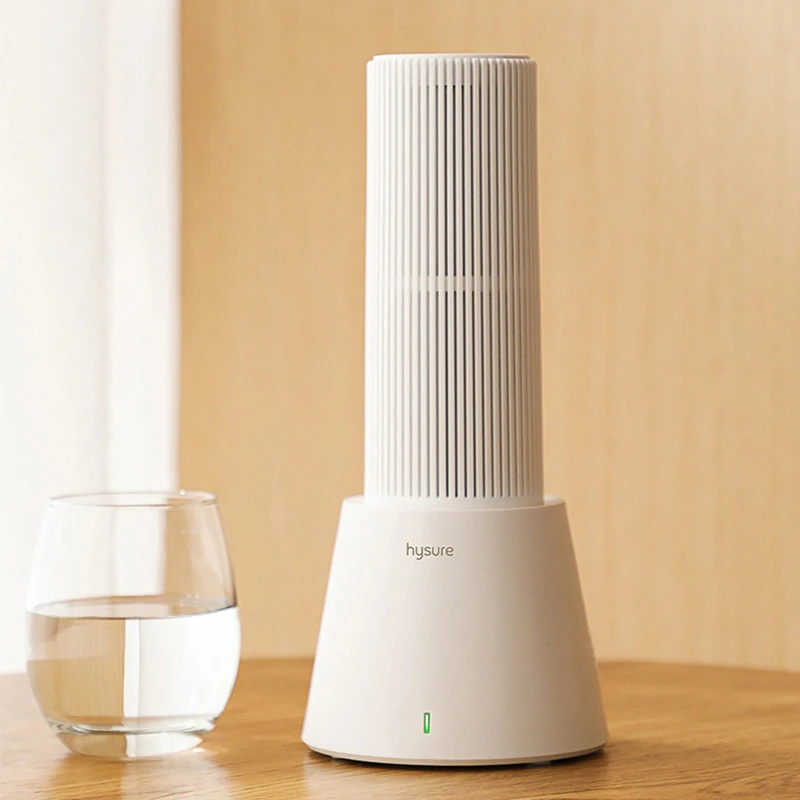 Conclusion
Conclusion
In conclusion, mini dehumidifiers can be highly effective in managing humidity levels in small to medium-sized spaces. They offer numerous benefits, including enhanced comfort, mold prevention, protection of belongings, and energy efficiency. However, their effectiveness is contingent upon selecting the right model for your specific needs and maintaining the device properly. While they may not be suitable for large areas or extremely high humidity situations, mini dehumidifiers are a practical and affordable solution for many households and offices. If you’re seeking a compact moisture control device, a mini dehumidifier may indeed be the perfect fit for creating a healthier and more comfortable indoor environment.

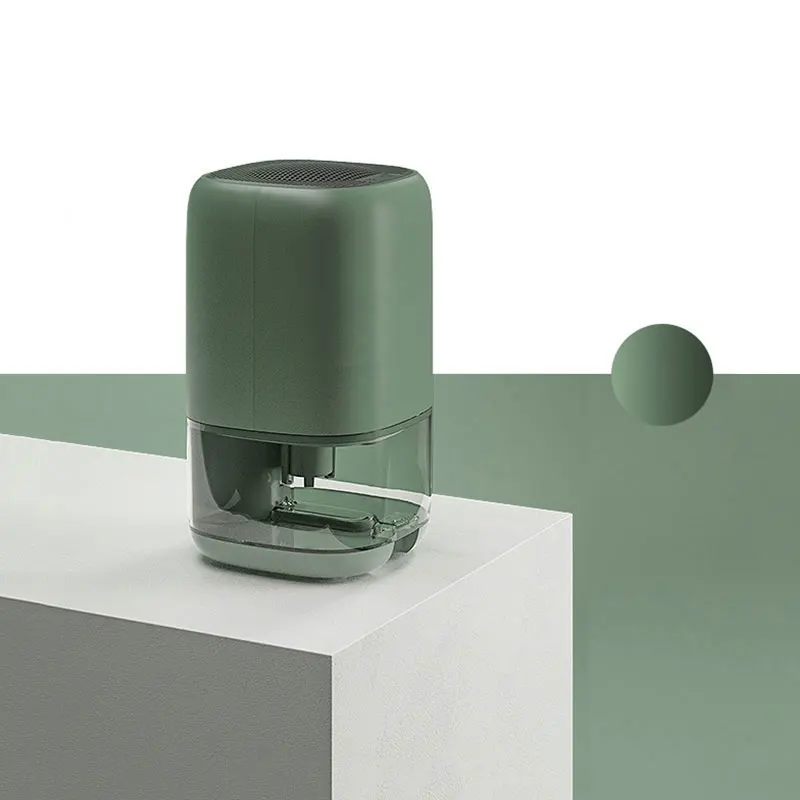
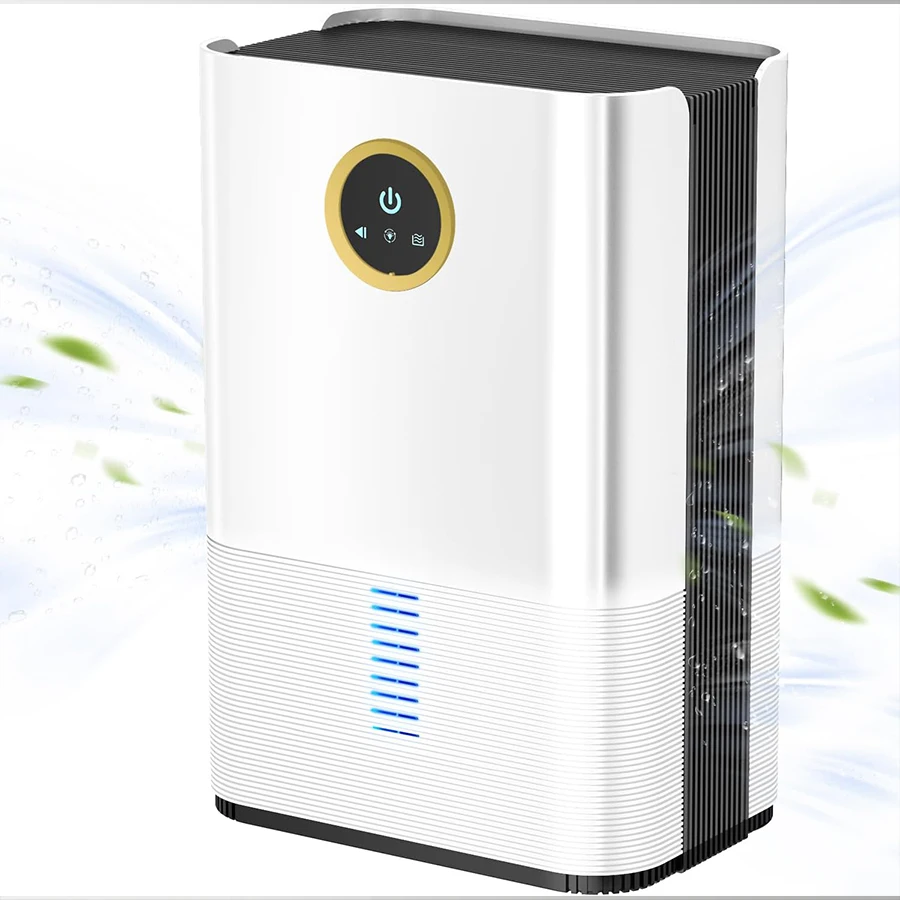 Understanding the Importance of Dehumidifiers
Understanding the Importance of Dehumidifiers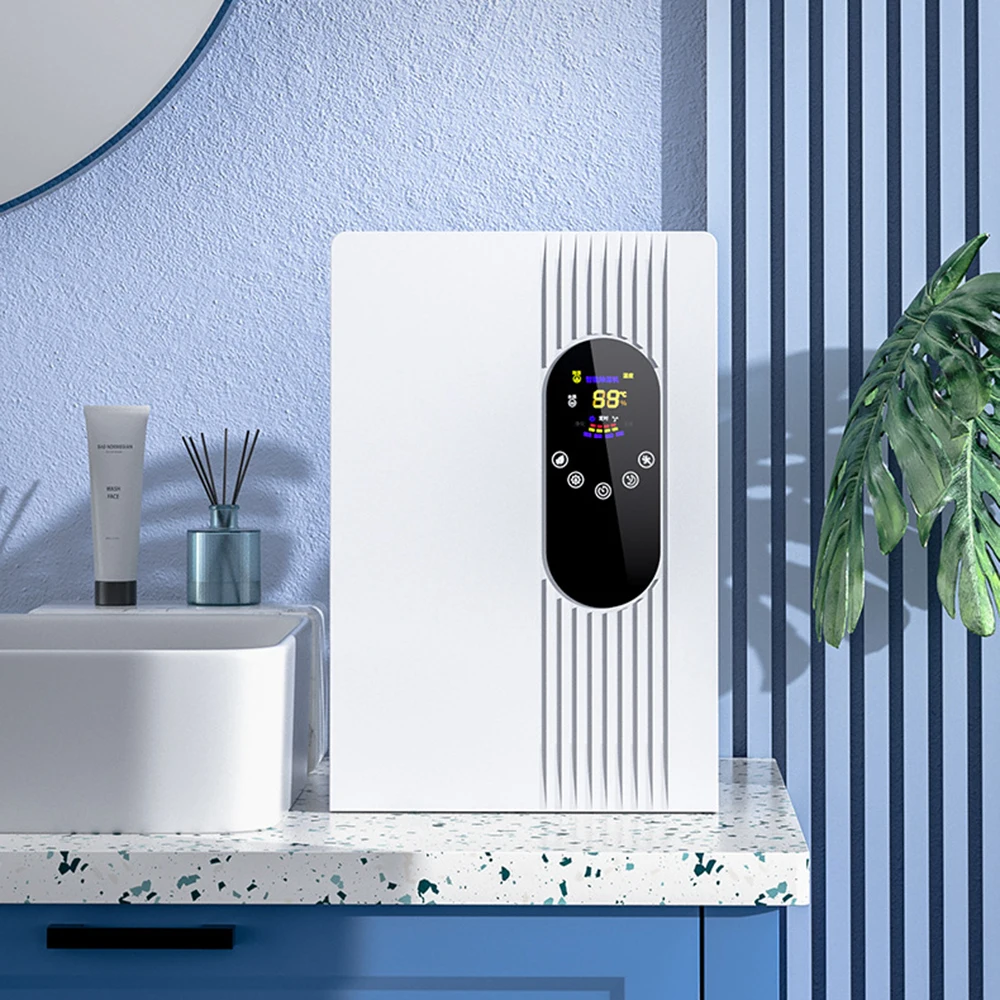 Top Dehumidifiers of 2025
Top Dehumidifiers of 2025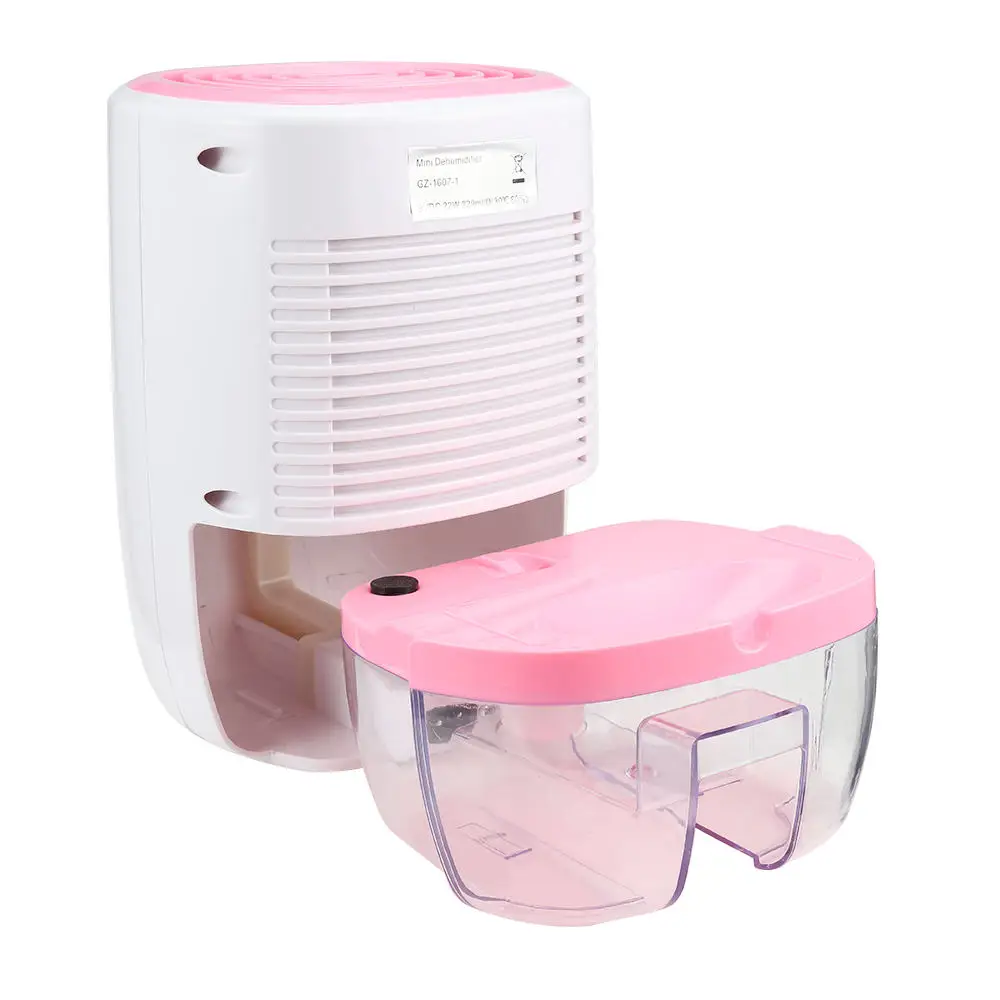 Buying Guide: How to Choose the Right Dehumidifier
Buying Guide: How to Choose the Right Dehumidifier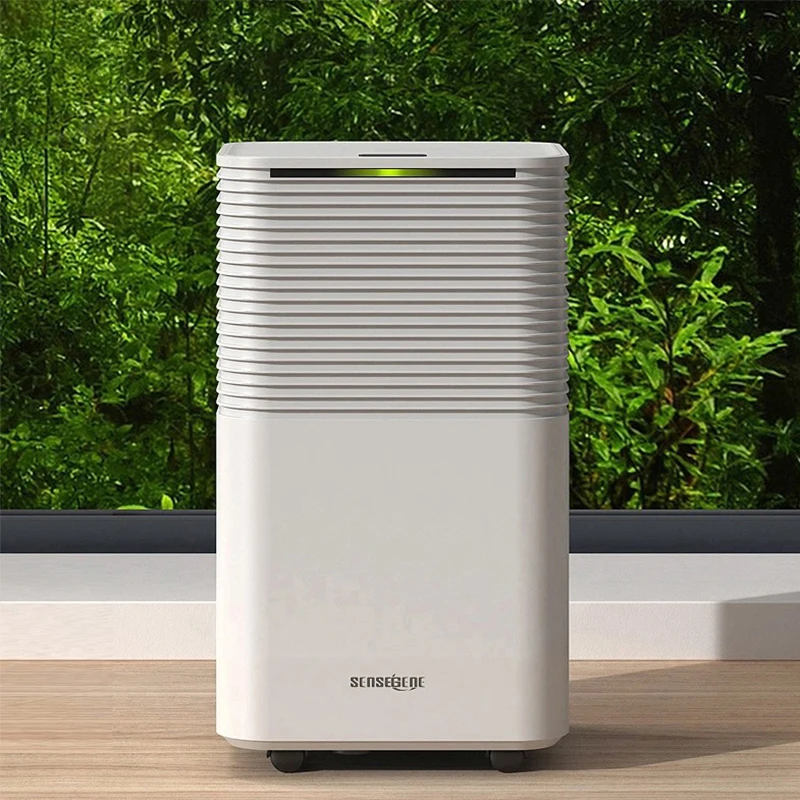 Common Mistakes to Avoid When Buying a Dehumidifier
Common Mistakes to Avoid When Buying a Dehumidifier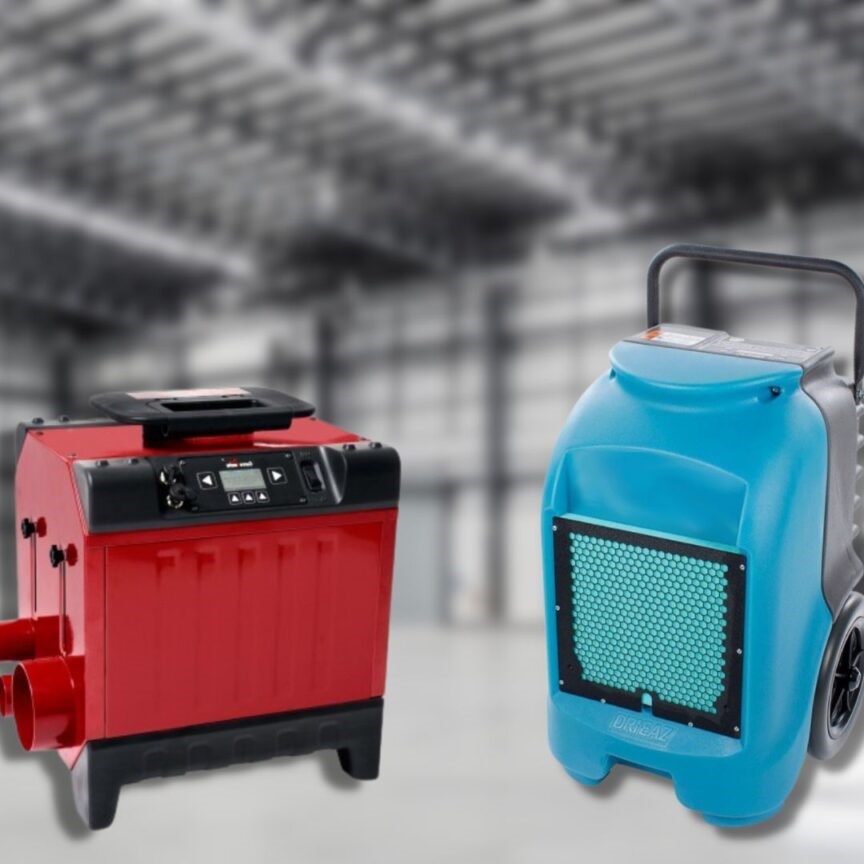
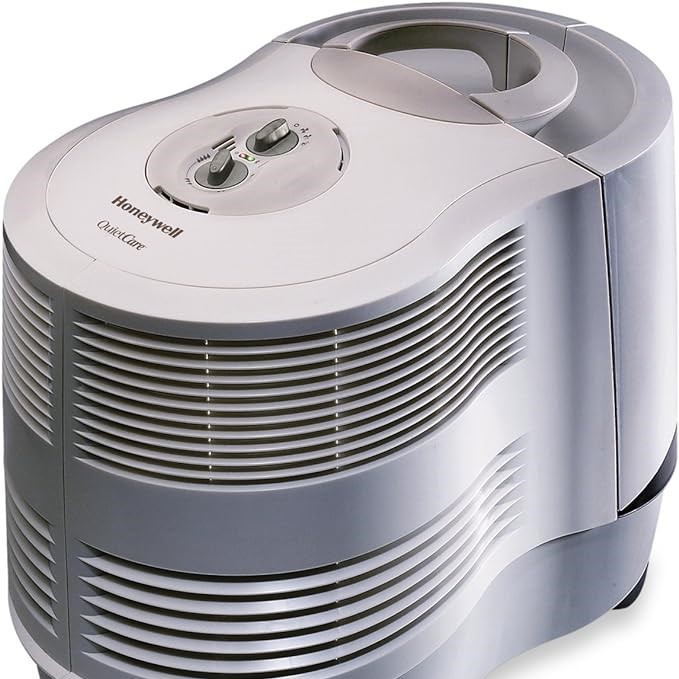 Understanding Humidifiers and Dehumidifiers
Understanding Humidifiers and Dehumidifiers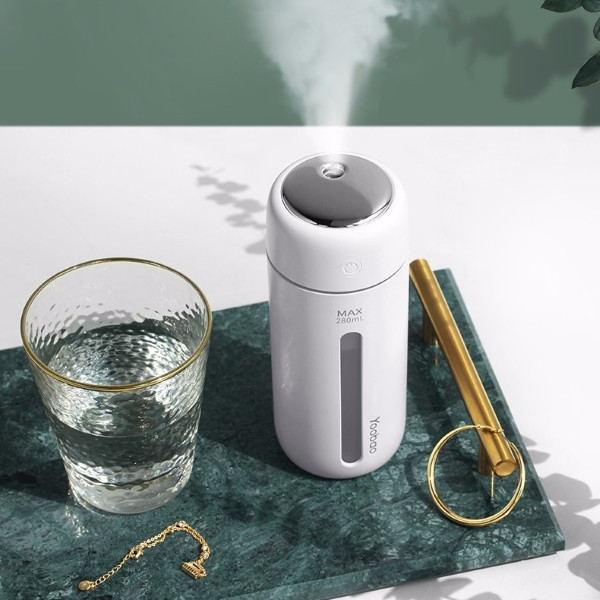 When to Use a Humidifier
When to Use a Humidifier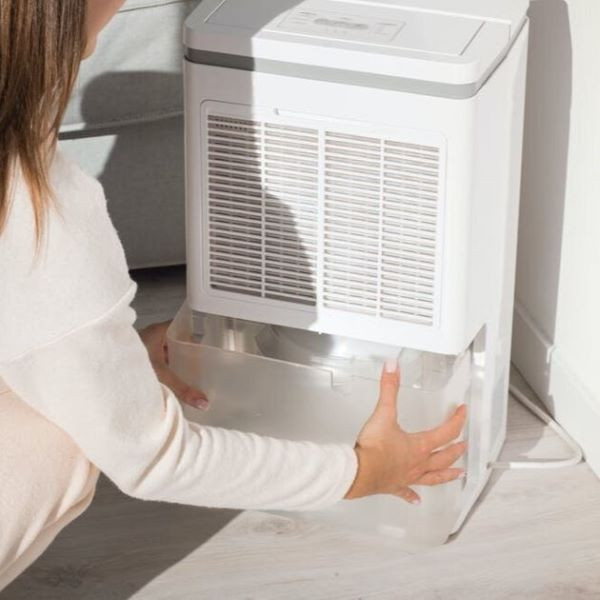 How to Choose Between a Humidifier and a Dehumidifier
How to Choose Between a Humidifier and a Dehumidifier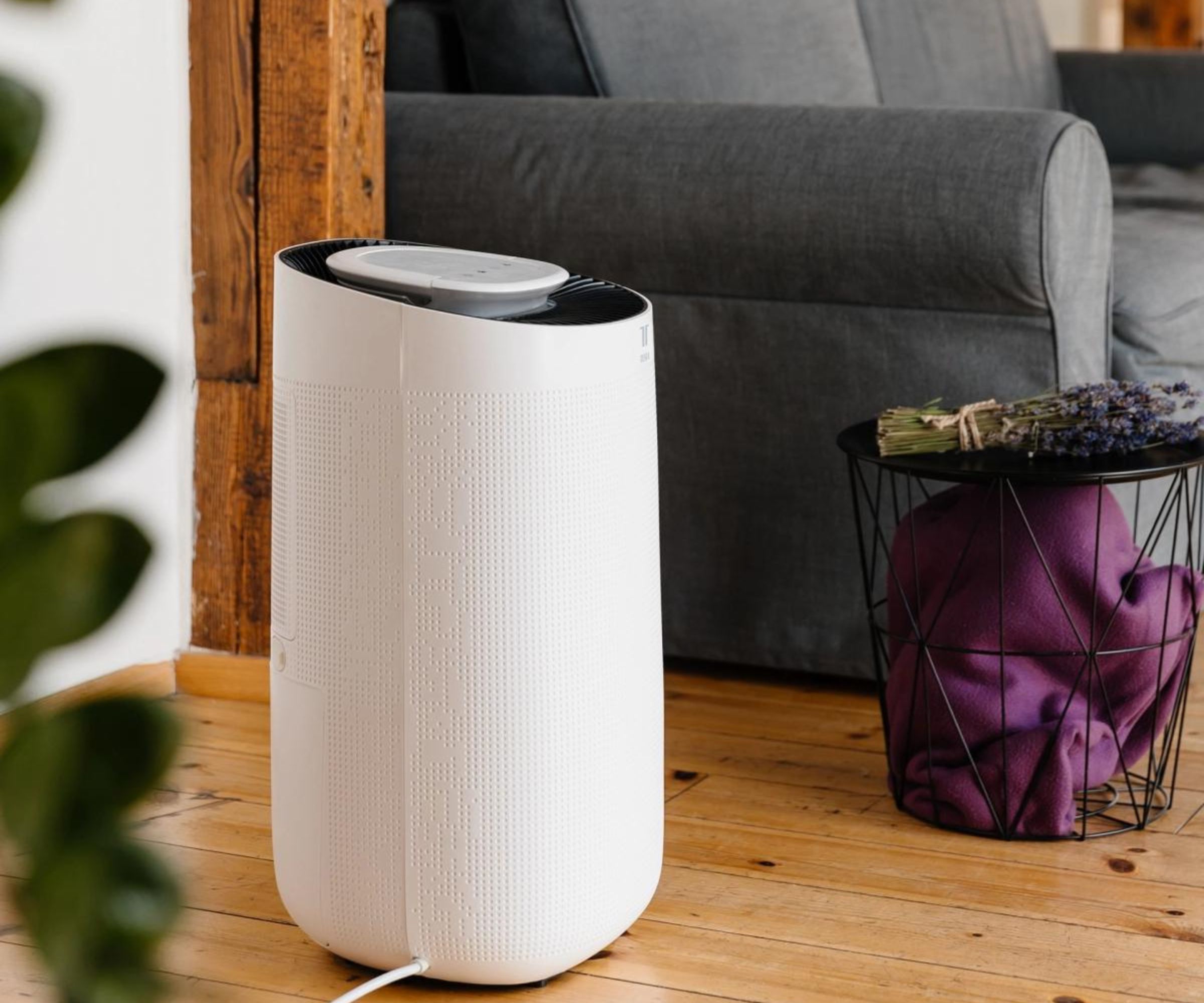 The Impact of Humidity on Health and Home
The Impact of Humidity on Health and Home